Editor’s note: If I have the opportunity, I always try to include some personal perspective on the projects that I feature on the Green Architecture and Building Report. My friends Andrea Lee and Giles Richter recently traveled to Helsinki and spent at least a couple of hours exploring a really cool, new building near the Parliament. Coincidentally, it was the Oodi that they visited and I have the good fortune of sharing their perspective:
It’s not like going to what we generally think of as a library; rather it’s like boarding a giant craft—arc-like and futuristic in appearance. It is light with vast spaces that seem impossible to fill. You can see through it and throughout it because of its glass pane walls. Everybody there is exploring the spaces as they go through it and discovering little culture clusters via the books, theater, cafes, restaurants, and specifically designed social gathering spots. It felt like a space-age community center. Every city should have a library like the Oodi. It managed to be simultaneously grand and welcoming for ordinary people.
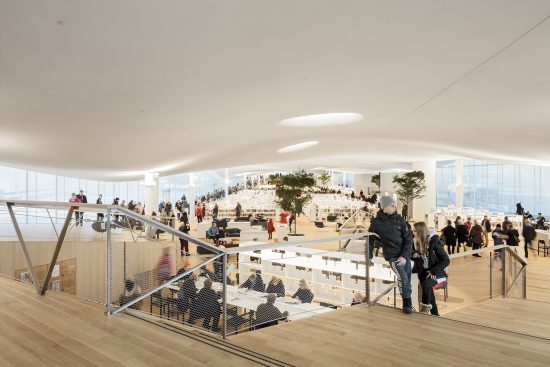
The recently completed Helsinki Central Library Oodi is a nearly Zero Energy Building (nZEB) and the celebratory project of the 100th anniversary of Finland’s independence. (Oodi means “ode” in Finnish.) Helsinki-based ALA Architects won the architectural design competition which attracted 544 entries from all over the world. The 17,250 square-metered Oodi represents a new era of libraries, consisting almost entirely of public spaces, offering a wide selection of services, and becoming the new central point for the city’s impressive public library network.
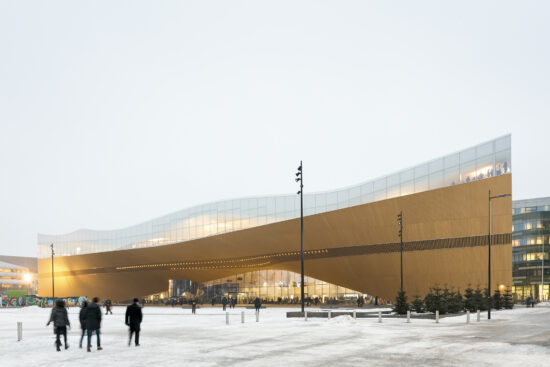
City and Regional Planning: More Than Just a Library
Library operations are statutory in Finland. Basic library services are free of charge and freely available to everyone. The Oodi will be at the forefront of the renewal of the city’s library services. In addition to the core library operations, there will be a wide range of services available inside the building alongside an abundance of lounge spaces and auxiliary services that support operations such as Helsinki Info, the City of Helsinki’s information center; Europa Experience, the center for EU related information; and Kino Regina, the National Audiovisual Institute’s movie theater.
A public space open seven days a week, the Oodi will be the largest public library in the Helsinki metropolitan area, and will most certainly also become the metropolitan area’s most popular spot for returns and reservations. The library is expected to attract 10,000 visitors per day and 2.5 million visitors per year.
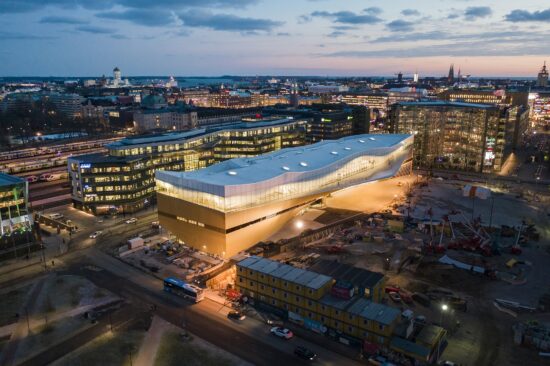
The Oodi will enliven and diversify the new urban environment created in the Töölönlahti area. It will offer activities and experiences for all ages. There will be plenty of spaces that enable people to gather and spend time together, free of charge. The role of the library’s clients will evolve from passive media users to active agents, participants, and content producers. As a non-commercial open public space, the Oodi will act as Helsinki residents’ common living room, work space, and learning environment.
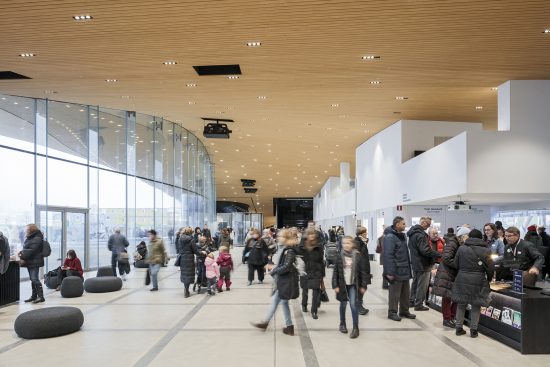
Architectural Design: Dissolving the Indoor/Outdoor Borders
The Library’s design divides the functions of the library into three distinct levels: an active ground floor, a peaceful upper floor, and an enclosed in-between volume containing the more specific functions. This concept has been developed into an arching form that invites people to utilize the spaces and services underneath, inside and on top of it. The resulting building is an inspiring and highly functional addition to the urban life of Helsinki and the Töölönlahti area.

The Kansalaistori Square (“Citizens’ Square”) across the street from the Parliament House seamlessly continues inside the ground floor level of the library building. The flexible spaces are suitable for both small and large events. The movie theater and the multipurpose hall can be used as part of the open lobby space or separated off to cater for specific events. Walking through the ground floor offers a quick glimpse at the services available in the building. The sculptural wooden surface arches over the ground floor areas as a dramatic bridge-like structure. This innovative structural solution has enabled the creation of a column free public space to maximize the accessibility and visibility of the program.
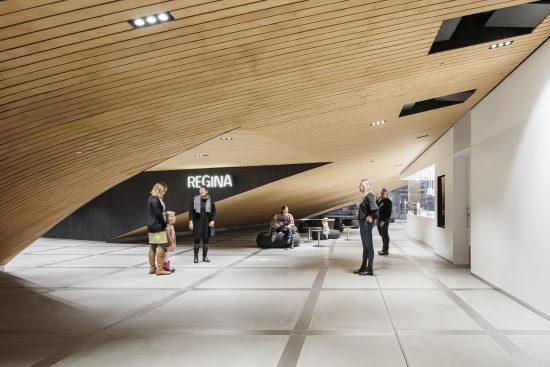
The “Book Heaven” on the top floor, is a vast open landscape topped with an undulating cloud-like white ceiling. Here, the best features of the modernist library meet the possibilities provided by up-to-date technologies. A calm, serene atmosphere invites visitors to read, learn, think, and to relax. From this level visitors can enjoy an unobstructed 360-degree panorama view of the city center.
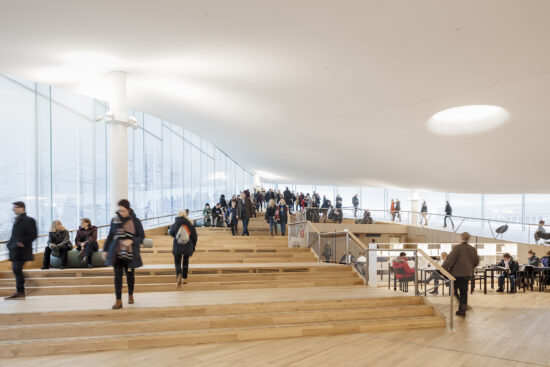
The middle floor, the “Attic”, consists of flexible irregularly shaped rooms, nooks, and corners inhabiting the spaces between the trusses of the bridge structure. The enclosed spaces are designed to accommodate both noisy and quiet activities. The stepped seating in the open central area of this floor is the result of the form of the cantilevering, twisting west façade.
The spaces for maintenance and library logistics are located at the basement level. The administration and storage spaces are kept to the minimum on the publicly accessed levels to maximize the open and accessible nature of the Library. (The administrative and storage functions of Helsinki Public Library will remain at the main library in nearby Pasila.)
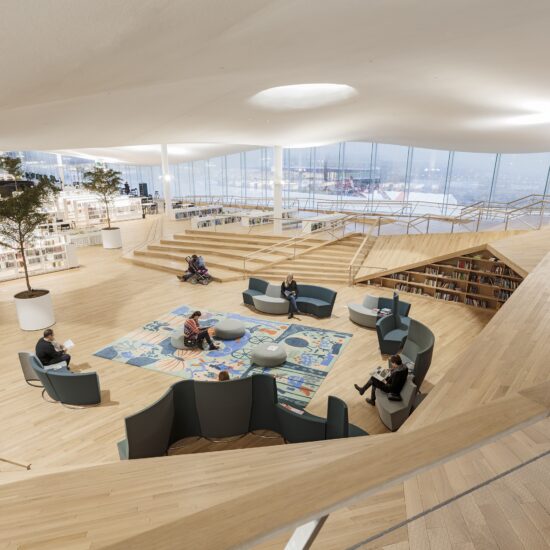
By opening directly to the surrounding cityscape and by dissolving the border between indoor and outdoor areas, the Helsinki Central Library Oodi engages directly with the Töölönlahti area. The large foyer and glass-walled multi-purpose hall on the ground level act as indoor extensions of the outdoor spaces. The arching wooden volume creates an entrance canopy over the Kansalaistori Square forming a covered outdoor space that extends the Library’s functions including the ground level restaurant into the Square. The large public terrace on top of the canopy doubles the amount of public outdoor space available for library visitors and creates a new destination where people can meet and observe the city below.
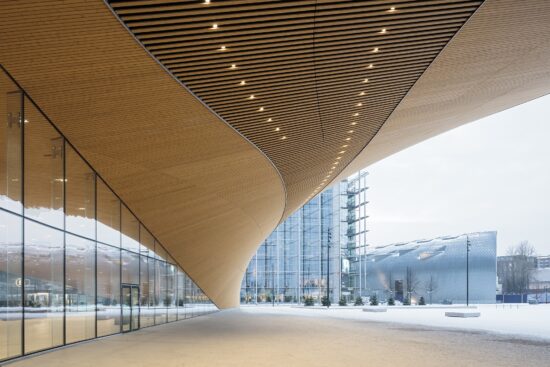
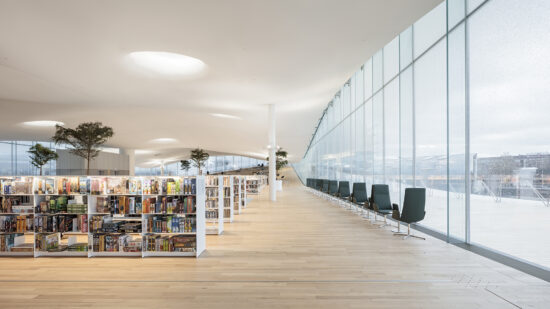
Structural Design: Beautiful Curves Everywhere
Oodi’s spatial concept consisting of three individual public floors is executed by creating the library as an inhabited, asymmetrical bridge spanning over 100 meters over the open ground floor space. The bridge structure consisting of steel trusses and beams is supported by two massive steel arches, tensioned together with a reinforced concrete tension slab. The innovative structural solution has enabled both the construction of the flexible column-free interior spaces and the possibility for the construction of a future road tunnel under the site. Secondary steel trusses support the cantilevering balcony and roof canopy asymmetrically from the arch structure, forming a unique structural design to accommodate both permanent and temporary functions for both the library and the public realm.

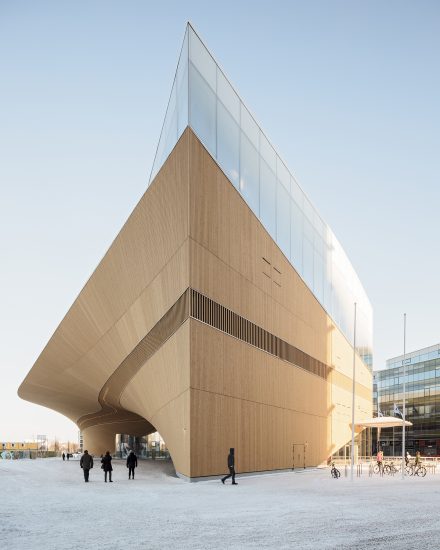
Sustainable Design: Usage of Local Wood
Oodi has been built using local materials and with local climate conditions in mind. During the design phase of the building envelope, lifecycle cost analysis (LCA) calculations were made to compare the carbon footprint of a range of different building materials. Based on the analysis outcome, using exterior wood cladding had by far the best values and met the goals set by the client.
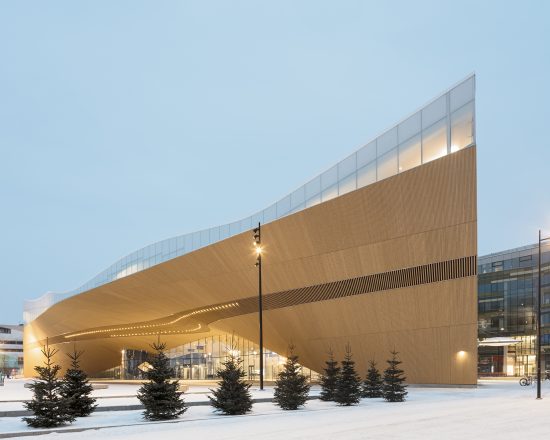
The main western entrance of the Library is highlighted and framed by an undulating wooden cladding that acts as a façade as well as an exterior overhang which becomes the ceiling finish of the first floor. The cladding consists of 2800 pre-fabricated pieces of 33-millimeter-thick, high-quality, radially sawn spruce boards sourced from sustainably managed forests and supply chains in Finland. A specific grading and quality control system was developed for the timber, sawing, and treatment of the slats.
The complex curved geometry was designed and manufactured using algorithm-aided parametric 3D design methods in order to achieve the required precision. The visible external wood surface consists of straight spruce boards while the hidden supporting wood joists are CNC-milled to follow the curved geometry. All wood has been treated with fire retardant. Over time, the appearance of the wooden façade will develop towards a deeper, richer version of its initial hue.
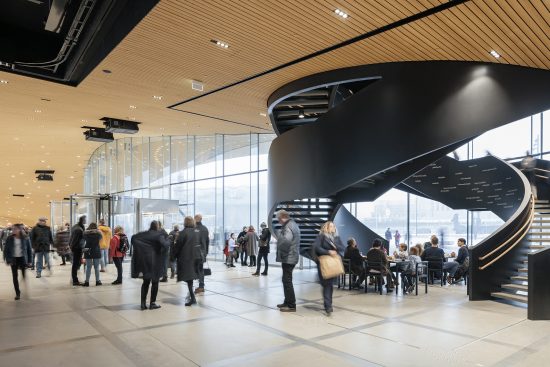
Sustainable Design: Optimal Energy Efficiency
The Oodi is extremely energy efficient. Its energy consumption level is that of a nearly Zero Energy Building (nZEB). This is mostly due to the efficient layout of the building services. The design of the building envelope is intrinsic to the passive energy approach adopted by the project team. Detailed analysis of the façade performance has informed the environmental solutions and has allowed the team to minimize the requirement for mechanical environmental control systems, which facilitates the highly flexible architectural solution. The building’s heating ventilation air conditioning system utilizes a new generation of energy efficient heating and cooling panel system and is powered by Helsinki’s District Heating / Cooling system.
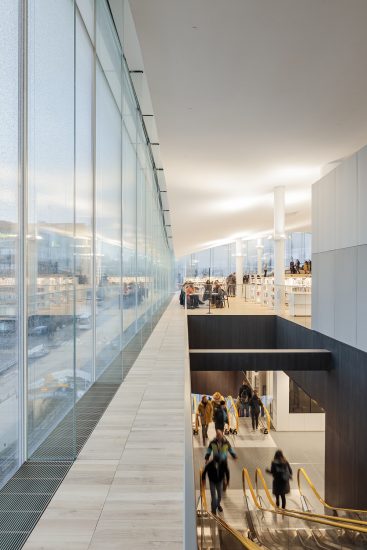

Sustainable Design: Other Green Features
The building’s glass facades allow for large amounts of functional daylight into the public areas, reducing the use of artificial light and enhancing the quality of the interior spaces as a multifunctional citizens’ forum. All lighting is LED.
The Oodi utilized only M1 classified products including low-VOC paints and finishes. The M1 stands for low emissions and is Finland’s building material emission classification system that is developed and supervised by the Committee Indoor Air Classification of the Building Information Foundation RTS sr.

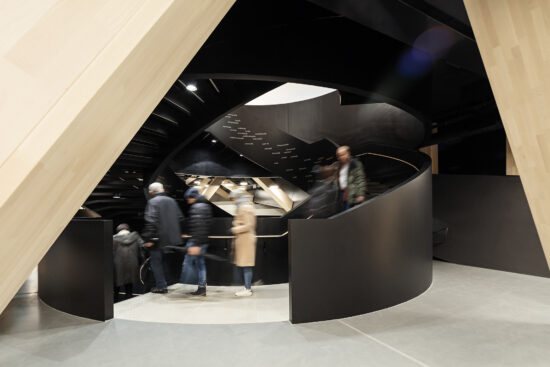
The carefully planned placement and optimization of building services has enabled the flexibility of the spatial arrangements. All public levels of the building are equipped with access floors to allow for changes in use during the estimated 150-year life span of the building.
Building information modeling was used in both architectural and engineering design, as well as in the verifying the compatibility of the designs. Building information modeling will also be utilized for the operations and maintenance of the building.
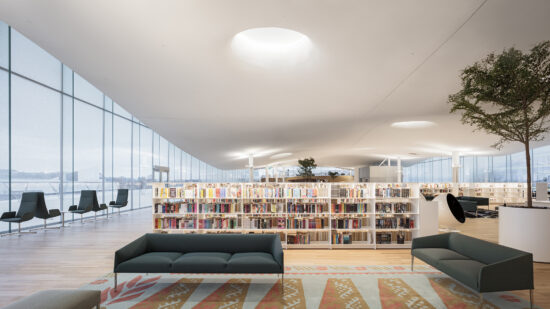


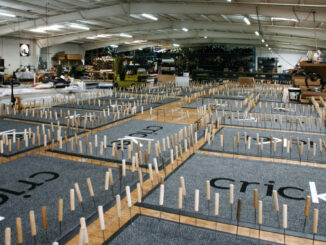
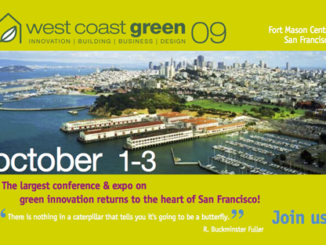
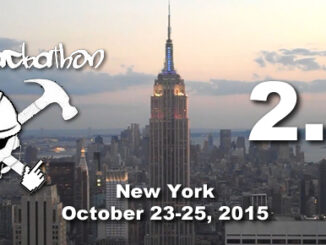
Be the first to comment